Help with kind of range hood to purchase
wilmetted
7 years ago
Featured Answer
Sort by:Oldest
Comments (16)
User
7 years agolast modified: 7 years agowilmetted
7 years agoRelated Professionals
Spring Valley Architects & Building Designers · Pleasant Grove Kitchen & Bathroom Designers · Reedley Kitchen & Bathroom Designers · Tulsa Furniture & Accessories · Aliso Viejo Furniture & Accessories · Moraga Furniture & Accessories · Temple Terrace Furniture & Accessories · New Hope Furniture & Accessories · Alhambra General Contractors · Bellingham General Contractors · Dardenne Prairie General Contractors · Dover General Contractors · Merritt Island General Contractors · Pepper Pike General Contractors · Rancho Cordova General ContractorsFlo Mangan
7 years agoM&M Interiors
7 years agowilmetted
7 years agoUser
7 years agoPatricia Colwell Consulting
7 years agogtcircus
7 years agogtcircus
7 years agoJennifer Havin
7 years agoFlo Mangan
7 years agoFlo Mangan
7 years agowilmetted
7 years agoUser
7 years agowilmetted
7 years ago
Related Stories
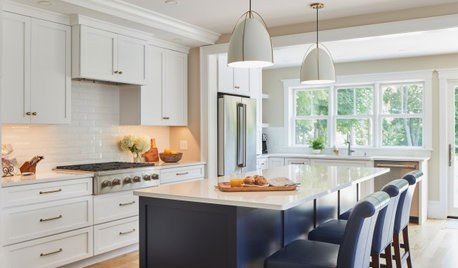
KITCHEN DESIGNPopular Cabinet Door Styles for Kitchens of All Kinds
Let our mini guide help you choose the right kitchen door style
Full Story
KITCHEN APPLIANCESWhat to Consider When Adding a Range Hood
Get to know the types, styles and why you may want to skip a hood altogether
Full Story
KITCHEN APPLIANCESLove to Cook? You Need a Fan. Find the Right Kind for You
Don't send budget dollars up in smoke when you need new kitchen ventilation. Here are 9 top types to consider
Full Story
5 Stunning Modern Range Hoods
Today's kitchen range hoods can look like sleek sculptures. Here's what to look for when you go shopping for one
Full Story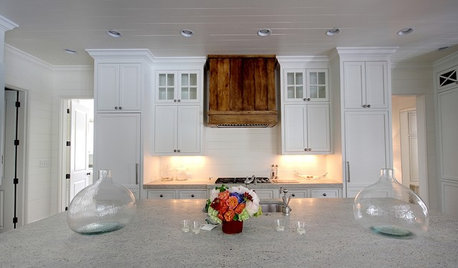
KITCHEN DESIGNWood Range Hoods Naturally Fit Kitchen Style
Bring warmth and beauty into the heart of your home with a range hood crafted from nature's bounty
Full Story
KITCHEN DESIGNKey Measurements to Help You Design Your Kitchen
Get the ideal kitchen setup by understanding spatial relationships, building dimensions and work zones
Full Story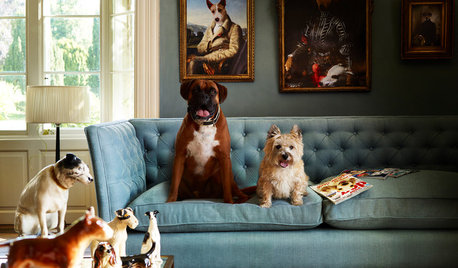
REMODELING GUIDES8 Tips to Help You Live in Harmony With Your Neighbors
Privacy and space can be hard to find in urban areas, but these ideas can make a difference
Full Story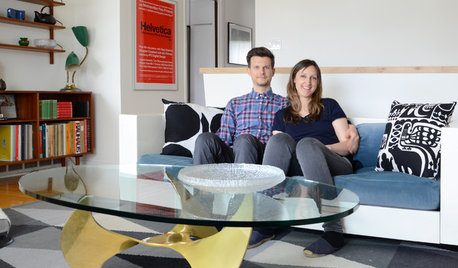
HOUZZ TOURSMy Houzz: Online Finds Help Outfit This Couple’s First Home
East Vancouver homeowners turn to Craigslist to update their 1960s bungalow
Full Story
KITCHEN DESIGNHow to Find the Right Range for Your Kitchen
Range style is mostly a matter of personal taste. This full course of possibilities can help you find the right appliance to match yours
Full Story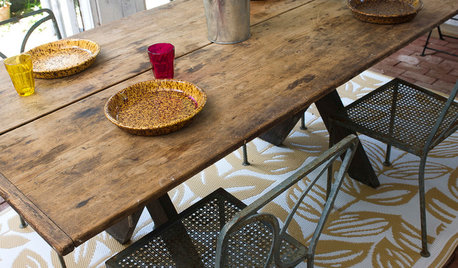
RUGSA Rug Can Make a Room — but What Kind to Choose?
The perfect rug may be all you need to complete your decor with color, texture and coziness. Here’s how to select the right type
Full Story







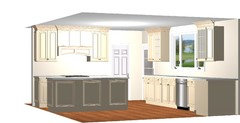

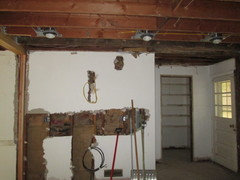


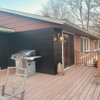
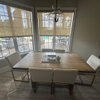

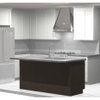
qtpiedi